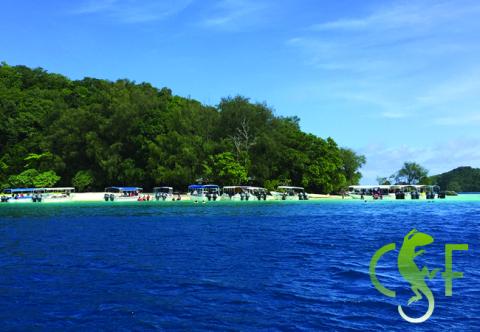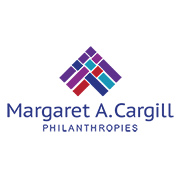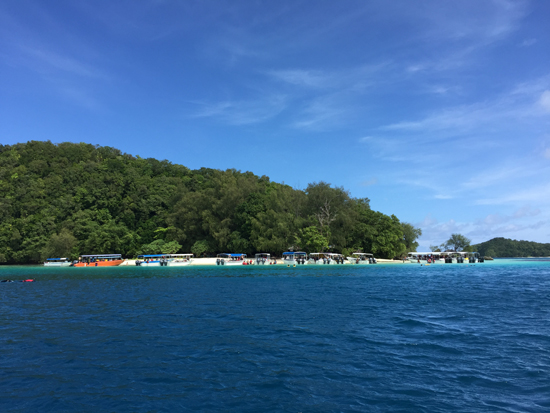
The Republic of Palau is located in the Micronesia region of the western Pacific Ocean, and is a well-known tourist destination for its outstanding scuba-diving and snorkeling sites, picturesque rock islands, and unique jellyfish lake. Palauans have adopted an economic development strategy that is centered on tourism to these exceptional marine sites, a plan they have termed “Pristine Paradise. Palau”. However, over the past three years the number of tourists has increased by 70%, primarily from Asia. This massive boom in tourist numbers is threatening to degrade the very natural resources that tourists come to enjoy. In addition, the shift towards mass tourism is driving away higher-paying dive tourists from Europe and North America, retaining fewer tourism dollars within Palau, and putting stress on Palau’s water, sewer, garbage, energy, food and transportation infrastructure, and leaving some Palauan citizens without access to affordable housing or traditional food sources. Palauans are currently struggling to identify a tourism development strategy that will both take advantage of, and safeguard, these significant social and natural assets to ensure a sustainable and resilient tourism income stream for decades to come.
Conservation Strategy Fund organized a three-day tourism development workshop with the Palau Visitors Authority, the Belau Tourism Association, and the Palau Chamber of Commerce in Koror, Palau on November 12th, 13th and 16th, 2015. The overall goal of the workshop was to help Palauans explore some key overarching questions: What does Palau want from its tourism development? What are the ultimate goals? How can Palauans evaluate whether they are on the right track towards meeting those goals? How can Palauans measure changes and tradeoffs between the natural environmental, social stability, financial assets, and human well-being?
Day 1: Palau yesterday, today and tomorrow: developing scenarios
- Sharing of personal scenarios by participants
- Exploration and discussion of future hopes and fears of participants
- Presentation about Palau: changes over time to today (key historical eras and trends, demographic trends, environmental trends, protected areas trends, economic trends, and tourism trends)
- Discussion about driving forces and key trends
- Introduction to scenarios and scenario planning
- Break-out-groups to design and present scenario narratives
- Discussion of future goals and priorities
Day 2: Tourism development scenarios: implications for Palau’s economy
- Graphing and visualizing scenarios
- Presentation of tourism development scenarios for Palau
- Introduction to macroeconomics, and its use in exploring development scenarios
- Introduction to natural capital accounts and System of Environmental Economic Accounting framework (SEEA)
- Introduction to economic impact analysis and example
- Input-output table for Palau tourism scenarios: expenditures, flow-on effects and leakage
Day 3: Putting it together: sustainable tourism development and economic analysis tools
- Introduction to ecosystem services, environmental values and valuation methods
- Introduction to cost-benefit analysis
- Cost-benefit analysis of Palau tourism scenarios
- Linking scenarios, development pathways and economic tools
View the final report from this workshop: Sustainble tourism pathways for Palau: findings and recommendations from a cross-sectoral workshop.




